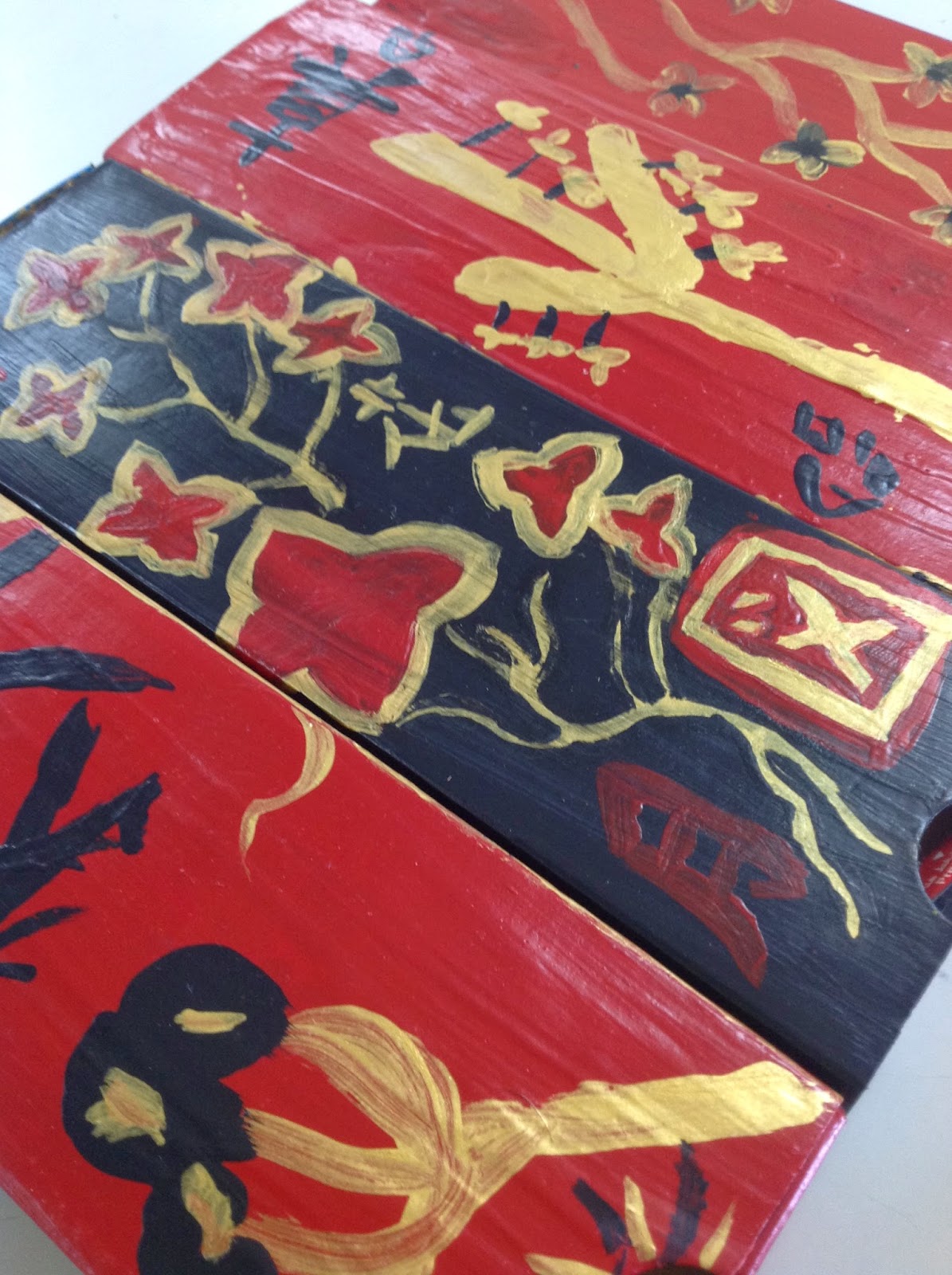As mentioned before I love Africa, especially Kenya. Every year during our culture unit, I do a project about African art with the elementary grades. A favorite in the fifth grade classes are the Maasai tribe dolls.
The students learn about the Maasai culture and way of life. We view and discuss the traditional clothing and adornments that are typical of the tribe. The kids really love the bright colored fabrics and intricate bead work that the Maasai are famous for.
After discussion, the fun begins! We start making our own class "tribe" of recycled dolls. I have found that they best way to start the doll is simply with a plastic water bottle. The students fill the bottom of the doll with sand, which is so easily accessible since we are in the desert! Filling the bottle with a bit of sand keeps the doll from falling over when adding decoration.
Once the lid is put back on the bottle, the head of the doll is then attached. The students receive a pre-cut square of black fabric that they stuff with polyester cotton, and add a rubber band around the cap to keep the fabric from popping off.
The students are then free to add their own decorations including fabric, beaded necklaces, hair, and shields if they wish. I have done this project with fifth grade boys as well and it is always a hit!
In order to further the discussion on recycling, I usually show this video to my students while they are working:
Recycled Art in Kenya. The students find it incredible that such amazing art work can be made from something as simple as a discarded flip flop!





.JPG)






















